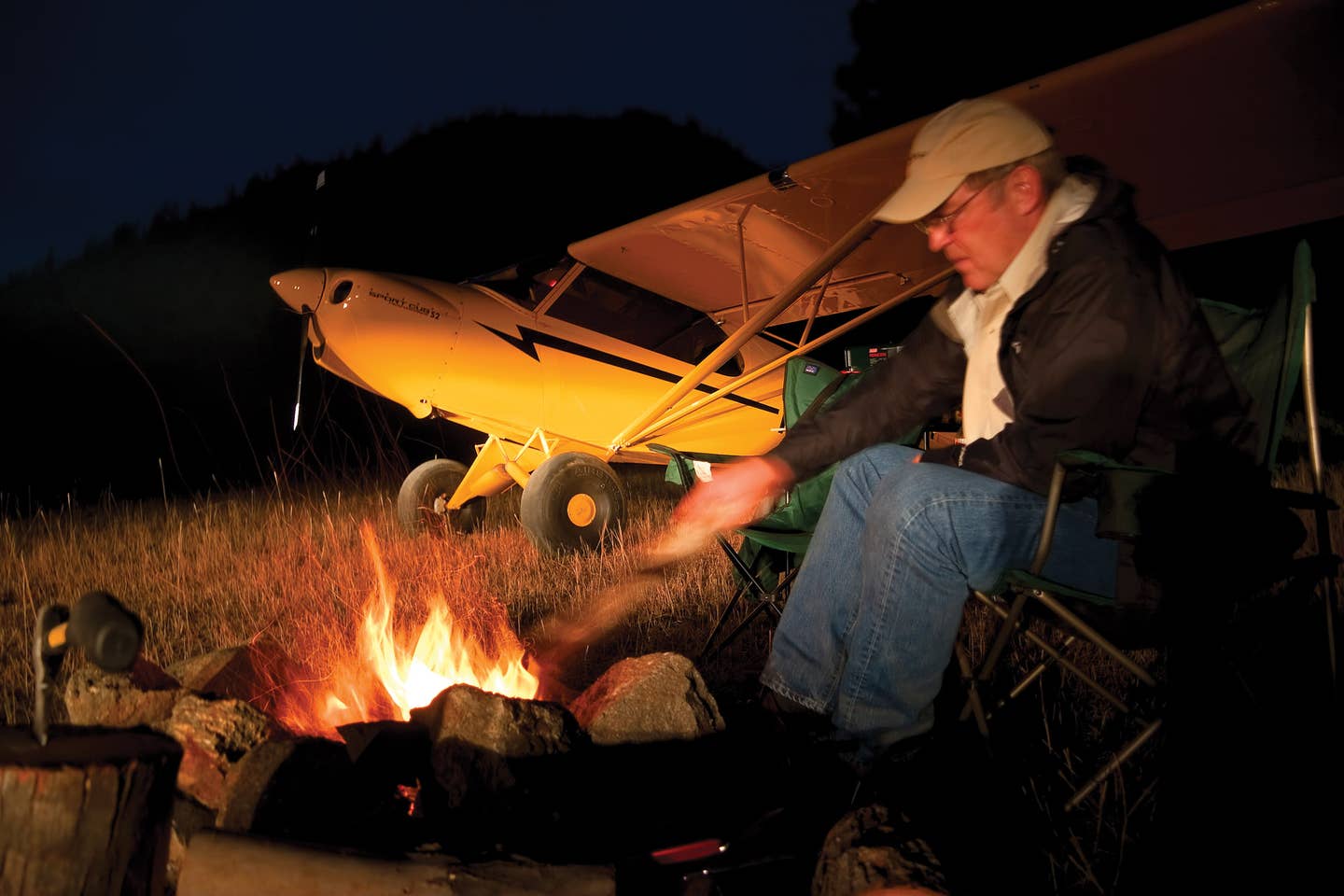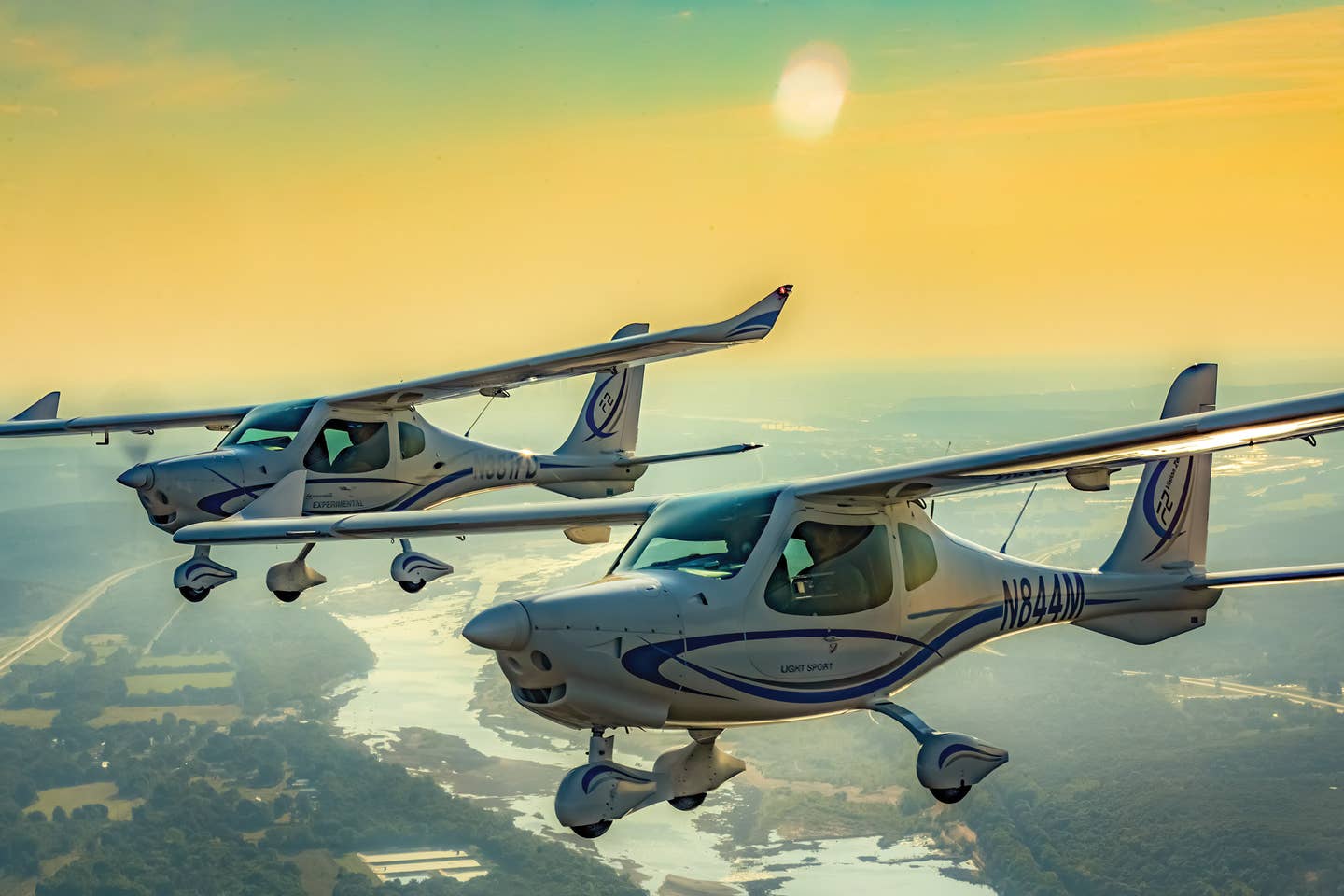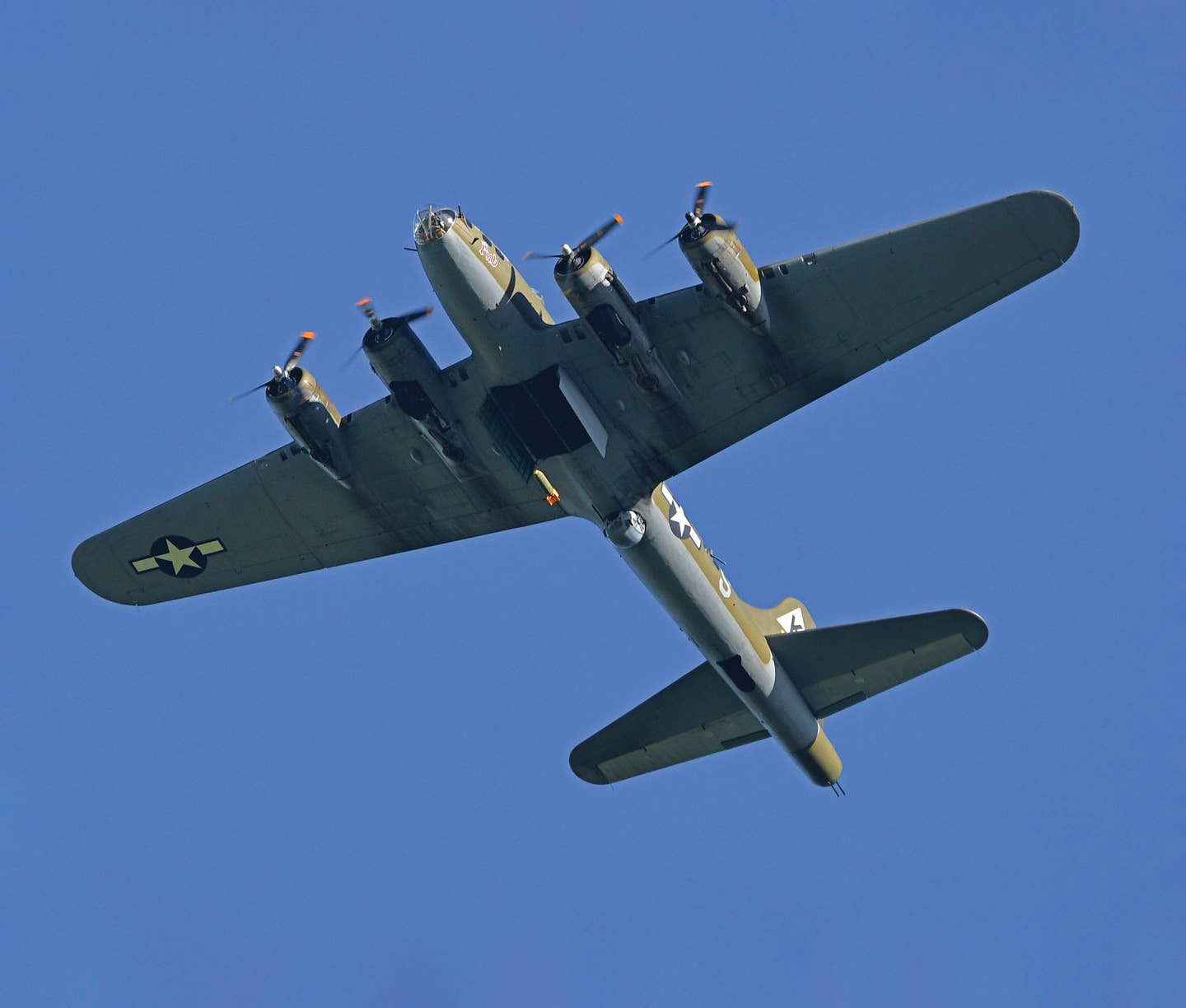Too Much Going On
Did a Texas pilot’s multitasking during preflight lead to an overlooked fuel selector and a subsequent tragedy?

Getty Images
on march 17, 2023, at 11:37 a.m. CDT, a Beech Baron lifted off from Runway 35 at Lubbock Executive Airpark in Texas (F82). By 11:40 a.m. it had crashed in a fallow cotton field half a mile from the airport and burst into flames.
The 26-year-old pilot was the plane’s only occupant and was pronounced dead by first responders at 12:06 p.m.
The National Transportation Safety Board (NTSB) has issued its final report on the accident detailing the events that led to the crash.
The pilot, a homebuilder with a young family, had landed at 11:11 a.m. after uneventfully flying from his home field of Mesquite Metro Airport (KHQZ) in Texas. No mechanical, medical, or weather issues were reported. Inexperience doesn’t seem an issue either. The pilot soloed when he was 16 and had around 920 total flying hours. The report did not indicate how many of those were in his Baron.
The 1978 Beechcraft 58P six-seater, powered by two Continental 310 hp engines, was certified for known-icing conditions. Inside, it was nicely equipped with two touchscreen Avidyne flight management systems, radar, autopilot, air conditioning, and supplemental oxygen. The pilot had dropped off passengers and was preparing to depart.
Watching the FBO’s high-resolution security camera footage of the fuel pumps, it all looks boringly routine. It’s a bright sunny day, great visibility, some high stratus clouds, a bit windy maybe (050 at 10 knots gusting to 15 knots), and folks are wearing hoodies as the temperature is a brisk 38 degrees Fahrenheit.
The ramp isn’t busy at all. A lineman marshals the twin in and adds fuel. The accident pilot does a cursory look over the plane’s exterior, gets in, starts the engines, and taxis to the runway.
The same FBO security camera captures the Baron’s takeoff. It looks normal as the plane lifts off and starts to climb, but then a witness hears a change in the sound of the engines. One of the engines had quit. Another surveillance video camera recorded the airplane now in a nose-down, left-wing-down attitude, then fully rolling left and impacting the ground inverted. A substantial post-impact fire engulfed the airframe.
The NTSB investigation determined that during the “preflight inspection” the pilot is looking in the engine nacelles and talking on his phone during the walkaround.
The next link in the accident chain is the NTSB’s probable cause: “The pilot’s failure to ensure a proper fuel selector position before takeoff, which resulted in a loss of left engine power due to fuel starvation.”
The Baron has a relatively simple fuel system. Each engine can be fed from the on-side fuel tanks, or crossfed, that is taking fuel from the fuel tanks on the opposite wing. Each engine has a fuel selector with on, crossfeed, and off positions. The selectors are next to each other but on the floor between the two front seats.
In the accident airplane, the left engine fuel valve assembly was found in off position. The engine quit because of fuel starvation shortly after takeoff.
The NTSB could not determine when the left engine fuel selector was moved, or if the right engine fuel selector was turned off, then back on during the short time on the ramp. It is not common to switch the tanks to off for fueling nor is it common to crossfeed unless there is a need to balance the fuel load after flying on one engine for a time.
The final link was the “pilot’s failure to maintain airplane control after the loss of left engine power.”
Most twin-engine airplanes will roll and yaw in the direction of the dead engine. A lot of multiengine training is devoted to understanding, recognizing, and handling this aerodynamic reality. The worst-case scenario is low airspeed, low altitude and high power, the case here at takeoff. Pilots are taught to pitch for VMC, “the airspeed below which the rudder no longer has the authority to overcome the yaw caused by the critical engine being inoperative,” under specific criteria mandated by the FAA. It is one of those speeds a multiengine pilot must have memorized for their aircraft, as allowing the airspeed to fall below this value leads to a roll into the dead engine as the aircraft becomes uncontrollable.
The NTSB findings and probable cause are clear: The left engine fuel selector was placed in the off position, and then the pilot mishandled the resulting low-altitude uncommanded loss of engine power. This could be another lesson about the importance of checklists or what VMC—single-engine minimum control airspeed—means to a light-twin pilot on takeoff.
But there is something more encompassing here. Something pilots think we are good at—multitasking, but we’re not. It’s hard for the brain to comprehend two or more things simultaneously. NASA researchers found “concurrent task demands” present in a “great majority” of crew error airline accidents since 1990. Surveillance video shows he was talking on a phone while doing the walkaround inspection. The NTSB’s factual report notes the iPhone found in the wreckage details the timeline of the last phone call: “[T]here was an incoming call at 11:28:14 CDT prior to the accident. The phone call lasted 12 minutes and 34 seconds and ended at 11:40:48. The data also showed that the pilot’s phone was connected to a Bose A20 headset via Bluetooth at 11:40:07 CDT.”
That phone call began on the ramp 10 minutes before takeoff and continued, through the headset, until the crash. He did perform a preflight. He may have read a checklist. He was manually flying. But mentally he was cruising on autopilot—engaged in conversation and not flying the airplane.
Airline crews have a “sterile cockpit rule” that means below 10,000 feet there is no extraneous conversation, no nonessential duties, and certainly no talking on cellphones. When flying alone, general aviation pilots should follow the same rules.

Subscribe to Our Newsletter
Get the latest Plane & Pilot Magazine stories delivered directly to your inbox






